Cisco IP Phone 8865 – CP-8865-K9=
Brand: Cisco
| Note: For full hardware support, including the perpetual network stack customers will require Smart Net Total Care for 24x7x365 Cisco Technical Assistance Center (TAC) support, |
| Cisco Smart Net Total Care Service |
| Fulfillment: UAE End Users only |
| Cisco IP Phone 8865 Data Sheet |
Call for Price
For urgent delivery, please contact sales before ordering. Orders usually ship as per the estimated delivery date in certain case backorders may take 4–12 weeks. Images are for illustration only and may differ from the actual item.
Cisco IP Phone 8865 – CP-8865-K9=
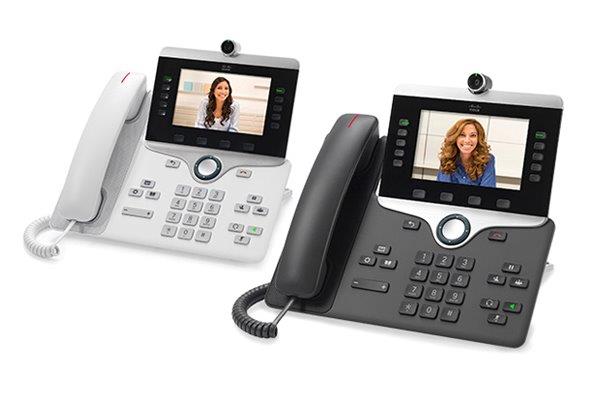
Cisco IP Phone 8865
Would you like to increase your personal productivity with an engaging experience that is powerful and easy-to-use? The business-class Cisco® IP Phone 8865 combines high-fidelity voice and entry to HD video communications with Cisco Intelligent Proximity for telephony integration with your personal mobile devices.
Overview
The IP Phone 8865 combines an attractive new ergonomic design with 720p HD video and wideband audio for crystal-clear voice communications, “always-on” reliability. Encrypted voice communications for enhanced security. And access to a comprehensive suite of unified communications features.
In addition, with Cisco Intelligent Proximity you can use your desk and mobile phones together when you are at your desk. During mobile calls you can move the audio path over to the 8865 for better acoustics. You then could share a conversation with a colleague who listens in. This capability gives you greater flexibility and a superior user experience when at your desk.
The 8865 comes standard with two USB ports so you can charge your personal mobile devices when at your desk and stay connected when away from your desk.
The IP Phone 8865 offers five programmable line keys. You can configure keys to support either multiple directory numbers or calling features such as speed dial. You can also boost productivity by handling multiple calls for each directory number using the multicall-per-line feature. Fixed-function keys give you one-touch access to applications, messaging, directory, as well as often-used calling features such as hold/resume, transfer, and conference. A five-way navigation cluster helps you transition through menus more easily. Backlit acoustic keys provide flexibility for audio path selection and switching.
Other key features of the phone include:
● The phone offers a 5-in. high-resolution (800 x 480) widescreen VGA backlit color display. Localized language support, including right-to-left on-screen text, meets the needs of global users.
● The phone offers a built-in Gigabit Ethernet switch for both network connection and your PC connection.
● The phone also supports campuses with 802.11a/b/g/n/ac Wireless LAN (WLAN) enabled.
● An optional wall-mount kit is orderable as a spare part for customers who want this capability.
Features and benefits
Table 1 lists features and benefits of the Cisco IP Phone 8865.
Table 1. Features and benefits
|
Features |
Benefits |
|
Hardware Features |
|
|
Ergonomic design |
● The phone offers an easy-to-use interface and provides a traditional telephony-like user experience
|
|
Graphical display |
● The 800 × 480, 24-bit color, 5-in. WVGA display provides scrollable access to calling features and text-based XML applications
|
|
Audio |
● Automatic Gain Control
● Comfort Noise Generation
● Silence Suppression/Voice Activity Detection
● Acoustic Echo Cancellation (AEC)
● Dynamic Noise Reduction
|
|
Audio codec support |
● G.711 a-law and mu-law, G.722, G.729a/b, Internet Low Bitrate Codec (iLBC), and Internet Speech Audio Codec (iSAC), G.722.1, G.772.2, OPUS
|
|
Video |
● 720p HD video (encode and decode)
● H.264 and Cisco Application Visibility and Control (AVC)
|
|
Handset |
● The handset is a standard wideband-capable audio handset (connects through an RJ-9 port)
● The standard coiled cord has a custom end for concealed cable routing beneath the phone (cord length is approximately 21 in. [55 cm] coiled and up to 72 in. (183 cm) extended)
● The handset is Hearing Aid-Compatible (HAC) and meets Federal Communications Commission (FCC) loudness requirements for the Americans with Disabilities Act (ADA). You can achieve Section 508 loudness requirements by using industry-standard inline handset amplifiers such as Walker Equipment W-10 or CE-100 amplifiers. The dial pad is also ADA-compliant
|
|
Speakerphone |
● The full-duplex speakerphone gives you flexibility in placing and receiving calls with hands free. For added security, the audible dual tone multifrequency (DTMF) tones are masked when the speakerphone mode is used.
|
|
Analog headset |
● The analog headset jack is a standard wideband-capable RJ-9 audio port
|
|
AUX port |
● You can use an auxiliary port to support electronic hookswitch control with a third-party headset connected to it
|
|
External audio ports |
● The phone has a 3.5-mm stereo line in/out jack (for optional external headset, speakers, or headphones)
|
|
USB |
● Two USB ports enhance the usability of call handling by enabling wired or wireless headsets, in addition to providing charging capability to mobile devices such as smartphones or tablets
◦ A side USB port provides up to 500mA power output at 5V or 2.5W ◦ A back USB (in yellow) port provides 500mA power output and is upgradable to support up to 2.1A power output at 5V or 10.5W |
|
Ethernet switch |
● An internal 2-port Cisco Ethernet switch allows for a direct connection to a 10/100/1000BASE-T Ethernet network (IEEE 802.3i/802.3u/802.3ab) through an RJ-45 interface with single LAN connectivity for both the phone and a co-located PC
● The system administrator can designate separate VLANs (IEEE 802.1Q) for the PC and phone, providing improved security and reliability of voice and data traffic
|
|
Bluetooth |
● The phone offers Bluetooth 4.1 LE, Enhanced Data Rate (EDR) Class 1 technology (up to 66-ft [20m] range)
● Hands-Free Profile (HFP) is supported for untethered headset connections and voice communications
● Phone Book Access Profile (PBAP) is supported for phone book object exchange between devices
|
|
Wi-Fi client |
● As an alternative to wired Ethernet, the 8865 supports a Wi-Fi radio with integrated antenna enabling connectivity to a Wi-Fi access-point infrastructure, thereby saving on the labor costs of pulling Ethernet cables to every work location. Complete Wi-Fi specifications are included in Table 3 later in this document
|
|
Keys |
● The phone has the following keys:
◦ Line keys ◦ Soft keys ◦ Back and release keys ◦ Four-way navigation and select keys ◦ Hold/Resume, Transfer, and Conference keys ◦ Messaging, Application, and Directory keys ◦ Standard keypad ◦ Volume-control toggle key ◦ Speakerphone, Headset, and Mute keys |
|
Backlit indicator |
● The phone supports backlit indicators for the audio path keys (Handset, Headset, and Speakerphone), select key, line keys, and message waiting
|
|
Replaceable bezel |
● The phone includes a black bezel; an optional silver bezel is also orderable separately
|
|
Dual-position foot stand |
● The display is easy-to-view and the buttons and keys are easy-to-use. The two-position foot stand supports viewing angles of 35 and 50 degrees; you can remove the foot stand for wall mounting, with mounting holes located on the base of the phone
|
|
Wall-mountable |
● You can install the phone on a wall using an optional wall-mount kit (orderable separately)
|
|
Key Expansion Module (KEM) |
● The phone supports up to three KEMs to expand from 5- to 113-line buttons. You have the convenience of many speed dials or programmable features
|
|
Physical security |
● The phone is compatible with the Kensington Security Slot (K-Slot) antitheft system
|
|
Power Features |
|
|
IEEE Power over Ethernet (PoE) |
● IEEE Power over Ethernet class 4 is supported. The phone is compatible with IEEE 802.3af, 802.3at and UPOE switch blades and supports both Cisco Discovery Protocol and Link Layer Discovery Protocol – Power over Ethernet (LLDP-PoE)
|
|
Cisco IP Phone Power Cube 4 |
● This optional power cube is used as an AC-to-DC (48V) power supply for non-PoE deployments. Use of the power cube 4 also requires the use of one of the corresponding AC country cords
|
|
Call-Control Support |
|
|
Cisco Unified Communications Manager |
● 8.5.1 (non-secured mode only)
● 8.6.2
● 9.1.2
● 10.5.2
● 11.0 and later
|
|
Cisco Unified Communications Manager Express |
● Planned to be supported in 11.5
|
|
Cisco Business Edition 6000 (BE 6000) |
● 8.6.2
● 9.1.2
● 10.5.2
● 11.0 and later
|
|
Cisco Hosted Collaboration Solution (HCS) |
● 8.6.2 and later (using supported Cisco Unified UCM versions listed previously)
|
Product specifications
Table 2 lists the features and specifications of the IP Phone 8865.
Table 2. Features and specifications of Cisco IP Phone 8865
|
Features |
Specifications |
|
Audio codec support |
● G.711 a-law and mu-law, G.722, G.729a, Internet Low Bitrate Codec (iLBC), and Internet Speech Audio Codec (iSAC)
|
|
Key call features support |
● + Dialing
● Busy Lamp Field (BLF)
● BLF Pickup
● BLF speed dial
● Call filter
● Call chaperone
● Cross Cluster Extension Mobility (EMCC)
● Mobility
● Mute
● PickUp
● Private Line Automated Ringdown (PLAR)
● Silent monitoring and recording
● Speed dial
● Time and date display
● Transfer
● Uniform Resource Identifier (URI) dialing
● Visual Voicemail
● Voicemail
● Whisper coaching
|
|
Mobility and remote access |
You can deploy the phones remotely with the following two options: ● You can have your phone remotely registered to the on-premises network through a built-in VPN client if the administrator has provisioned this VPN feature
● You also can directly connect to the on-premises network without VPN through Cisco Expressway if you are provided with log-in credentials. Contact your system administrator
|
|
Electronic hookswitch |
● You can control the hookswitch electronically with a third-party headset connected to either the USB or auxiliary port, or directly paired with the phone through Bluetooth
|
|
Cisco Intelligent Proximity |
● Audio path moving sends audio through the phone for a mobile device-connected call
● Call-history synchronization allows you to view placed and missed calls of your mobile device from the 8865
● Contact synchronization allows you to synchronize the contact objects from your mobile device to your 8865
|
|
Quality-of-Service (QoS) options |
● The phone supports Cisco Discovery Protocol and 802.1Q/p standards, and you can configure it with an 801.1Q VLAN header containing the VLAN ID overrides configured by the Admin VLAN ID
|
|
Network features |
● Session Initiation Protocol (SIP) for signaling
● Session Description Protocol (SDP)
● IPv4 and IPv6
● User Datagram Protocol (UDP) (used only for Real-Time Transport Protocol [RTP] streams)
● Dynamic Host Configuration Protocol (DHCP) client or static configuration
● Gratuitous Address Resolution Protocol (GARP)
● Domain Name System (DNS)
● Trivial File Transfer Protocol (TFTP)
● Secure HTTP (HTTPS)
● VLAN
● Real-Time Transport Protocol (RTP)
● Real-Time Control Protocol (RTCP)
● Cisco Peer-to-Peer Distribution Protocol (PPDP)
● Cisco Discovery Protocol
● LLDP (including LLDP Media Endpoint Discovery [LLDP-MED])
● Switch speed auto-negotiation
|
|
Security features |
● Secure boot
● Secure credential storage
● Device authentication
● Configuration file authentication and encryption
● Image authentication
● Random bit generation
● Hardware cryptographic acceleration
● Certificate Authority Proxy Function (CAPF)
● Manufacturer-Installed Certificates (MIC)
● Locally Significant Certificates (LSC)
● Ethernet 802.1x supplicant options: Extensible Authentication Protocol-Flexible Authentication via Secure Tunneling (EAP-FAST) and Extensible Authentication Protocol-Transport Layer Security (EAP-TLS)
● Signaling authentication and encryption using TLS
● Media authentication and encryption using SRTP
● HTTPS for client and server
● Secure Shell (SSH) Protocol server
● Secure Sockets Layer (SSL)-based VPN client
|
|
Physical dimensions |
● 9.01 x 10.13 x 3.87 in. (228.78 x 257.34 x 98.39 mm) (excluding foot stand)
|
|
Weight |
● 2.97 lb (1.35 kg)
|
|
Phone-casing composition |
● Polycarbonate Acrylonitrile Butadiene Styrene (ABS) textured plastic; Cosmetic class A
|
|
Operating temperature |
● 32 to 104°F (0 to 40°C)
|
|
Nonoperating temperature shock |
● 14 to 140°F (-10 to 60°C)
|
|
Humidity |
● Operating 10 to 90%, noncondensing
● Nonoperating 10 to 95%, noncondensing
|
|
Language support |
● Arabic (Arabic Area)
● Bulgarian (Bulgaria)
● Catalan (Spain)
● Chinese (China)
● Chinese (Hong Kong)
● Chinese (Taiwan)
● Croatian (Croatia)
● Czech (Czech Republic)
● Danish (Denmark)
● Dutch (Netherlands)
● English (United Kingdom)
● Estonian (Estonia)
● French (Canada)
● French (France)
● Finnish (Finland)
● German (Germany)
● Greek (Greece)
● Hebrew (Israel)
● Hungarian (Hungary)
● Italian (Italy)
● Japanese (Japan)
● Latvian (Latvia)
● Lithuanian (Lithuania)
● Korean (Korea Republic)
● Norwegian (Norway)
● Polish (Poland)
● Portuguese (Portugal)
● Portuguese (Brazil)
● Romanian (Romania)
● Russian (Russian Federation)
● Spanish (Columbia)
● Spanish (Spain)
● Slovak (Slovakia)
● Swedish (Sweden)
● Serbian (Republic of Serbia)
● Serbian (Republic of Montenegro)
● Slovenian (Slovenia)
● Thai (Thailand)
● Turkish (Turkey)
|
|
Certification and compliance |
● Regulatory compliance
◦ CE Markings per directives 2004/108/EC and 2006/95/EC ● Safety
◦ UL 60950 Second Edition ◦ CAN/CSA-C22.2 No. 60950 Second Edition ◦ EN 60950 Second Edition (including A11 and A12) ◦ IEC 60950 Second Edition (including A11 and A12) ◦ AS/NZS 60950 ◦ GB4943 ● EMC – Emissions
◦ 47CFR Part 15 (CFR 47) Class B ◦ AS/NZS CISPR22 Class B ◦ CISPR22: 2005 w/Amendment 1: 2005 Class B ◦ EN55022: 2006 w/Amendment 1: 2007 Class B ◦ ICES003 Class B ◦ VCCI Class B ◦ EN61000-3-2 ◦ EN61000-3-3 ◦ KN22 Class B ● EMC – Immunity
◦ EN55024 ◦ CISPR24 ◦ EN60601-1-2 ◦ KN24 ◦ Armadillo Light ● Telecom
◦ FCC Part 68 HAC ◦ CS-03-HAC ◦ AS/ACIF S004 ◦ AS/ACIF S040 ◦ NZ PTC 220 ◦ Industry Standards: TIA 810 and TIA 920 ◦ Industry Standards: IEEE 802.3 Ethernet, IEEE 802.3af and 802.3at ◦ Korea (RRA Public Notification 2010-36, Nov. 1, 2010) ◦ Korea (RRA Announce 2011-2, Feb. 28, 2011) ● Radio
◦ FCC Part 15.247 (CFR 47) ◦ FCC Part 2.1093 (BT RF Exposure TR) ◦ RSS-102 (BT RF Exposure TR) ◦ RSS-210 ◦ EN 300.328 ◦ EN50385 (BT RF Exposure TR) ◦ EN 301-489-1 ◦ EN 301-489-17 ◦ EN 301-893 ◦ NCC LP0002 ◦ Korea (RRL No. 2006-128, RRL No. 2006-129) ● Japan Bluetooth GFSK/EDR
|
Table 3 gives the Wi-Fi features and specifications of the Cisco IP Phone 8865.
Table 3. Wi-Fi Features and Specifications
|
Feature |
Specifications |
||
|
Protocols |
IEEE 802.11a, 802.11b, 802.11g, 802.11n, and 802.11ac |
||
|
Frequency bands and operating channels |
● 2.412-2.472 GHz (channels 1-13)
● 5.180-5.240 GHz (channels 36-48)
● 5.260-5.320 GHz (channels 52-64)
● 5.500-5.700 GHz (channels 100-140)
● 5.745-5.825 GHz (channels 149-161)
IEEE 802.11d is used to identify available channels. |
||
|
Nonoverlapping channels |
● 2.4 GHz (20-MHz channels): Up to 3 channels
● 5 GHz (20-MHz channels): Up to 24 channels
● 5 GHz (40-MHz channels): Up to 9 channels
● 5 GHz (80-MHz channels): Up to 4 channels
|
||
|
Operating modes |
● Auto (default), preference to strongest RSSI for 2.4 or 5 GHz
● 2.4 GHz only
● 5 GHz only
|
||
|
Data rates |
● 802.11a: 6, 9, 12, 18, 24, 36, 48, and 54 Mbps
● 802.11b: 1, 2, 5.5, and 11 Mbps
● 802.11g: 6, 9, 12, 18, 24, 36, 48, and 54 Mbps
● 802.11n: HT MCS 0, MCS 1, MCS 2, MCS 3, MCS 4, MCS 5, MCS 6, and MCS 7
● 802.11ac: VHT MCS 0, MCS1, MCS 2, MCS 3, MCS 4, MCS 5, MCS 6, MCS 7, MCS 8, and MCS 9 (MCS 9 available with VHT40 and VHT80 only)
|
||
|
2.4-GHz receiver sensitivity |
IEEE 802.11b: ● 1 Mbps: -98 dBm
● 2 Mbps: -96 dBm
● 5.5 Mbps: -93 dBm
● 11 Mbps: -91 dBm
|
IEEE 802.11g: ● 6 Mbps: -95 dBm
● 9 Mbps: -94 dBm
● 12 Mbps: -93 dBm
● 18 Mbps: -90 dBm
● 24 Mbps: -87 dBm
● 36 Mbps: -84 dBm
● 48 Mbps: -79 dBm
● 54 Mbps: -77 dBm
|
IEEE 802.11n HT20: ● MCS 0: -95 dBm
● MCS 1: -92 dBm
● MCS 2: -90 dBm
● MCS 3: -87 dBm
● MCS 4: -83 dBm
● MCS 5: -78 dBm
● MCS 6: -77 dBm
● MCS 7: -75 dBm
|
|
5-GHz receiver sensitivity |
IEEE 802.11a: ● 6 Mbps: -94 dBm
● 9 Mbps: -93 dBm
● 12 Mbps: -92 dBm
● 18 Mbps: -89 dBm
● 24 Mbps: -86 dBm
● 36 Mbps: -83 dBm
● 48 Mbps: -78 dBm
● 54 Mbps: -76 dBm
|
IEEE 802.11n HT20: ● MCS 0: -94 dBm
● MCS 1: -91 dBm
● MCS 2: -89 dBm
● MCS 3: -86 dBm
● MCS 4: -82 dBm
● MCS 5: -77 dBm
● MCS 6: -76 dBm
● MCS 7: -74 dBm
|
IEEE 802.11n HT40: ● MCS 0: -91 dBm
● MCS 1: -88 dBm
● MCS 2: -86 dBm
● MCS 3: -83 dBm
● MCS 4: -79 dBm
● MCS 5: -75 dBm
● MCS 6: -73 dBm
● MCS 7: -72 dBm
|
|
IEEE 802.11ac VHT20: ● MCS 0: -93 dBm
● MCS 1: -90 dBm
● MCS 2: -87 dBm
● MCS 3: -84 dBm
● MCS 4: -81 dBm
● MCS 5: -76 dBm
● MCS 6: -75 dBm
● MCS 7: -74 dBm
● MCS 8: -70 dBm
|
IEEE 802.11ac VHT40: ● MCS 0: -90 dBm
● MCS 1: -87 dBm
● MCS 2: -85 dBm
● MCS 3: -82 dBm
● MCS 4: -79 dBm
● MCS 5: -73 dBm
● MCS 6: -72 dBm
● MCS 7: -72 dBm
● MCS 8: -67dBm
● MCS 9: -66 dBm
|
IEEE 802.11ac VHT80: ● MCS 0: -87 dBm
● MCS 1: -83 dBm
● MCS 2: -81 dBm
● MCS 3: -78 dBm
● MCS 4: -75 dBm
● MCS 5: -73 dBm
● MCS 6: -68 dBm
● MCS 7: -68 dBm
● MCS 8: -64 dBm
● MCS 9: -62 dBm
|
|
|
Transmitter output power |
2.4 GHz: ● 802.11b: Up to 17 dBm
● 802.11g: Up to 16 dBm
● 802.11n HT20: Up to 13 dBm
|
5 GHz: ● 802.11a: Up to 16 dBm
● 802.11n HT20: Up to 13 dBm
● 802.11n HT40: Up to 13 dBm
● 802.11ac VHT20: Up to 12 dBm
● 802.11ac VHT40: Up to 12 dBm
● 802.11ac VHT80: Up to 12 dBm
|
|
|
Antenna |
● 2.4 GHz: 2.08-dBi peak gain
● 5 GHz: 1.88-dBi peak gain
|
||
|
Access-point support |
● Cisco Wireless Access Points
◦ Minimum: 7.0.240.0 ◦ Recommended: 7.4.121.0, 7.6.110.0, or later ● Cisco Aironet Access Points in Autonomous Mode
◦ Minimum: 12.4 (21a)JY ◦ Recommended: 12.4 (25d)JA2 or later ● Cisco Meraki ® access points
|
||
|
Wireless security |
Authentication: ● Wi-Fi Protected Access (WPA) Versions 1 and 2 Personal and Enterprise
● EAP-FAST
● Protected Extensible Authentication Protocol – Microsoft Challenge Handshake Authentication Protocol Version 2 (PEAP-MSCHAPv2)
|
Encryption: ● 40- and 128-bit static Wired Equivalent Privacy (WEP)
● Temporal Key Integrity Protocol (TKIP) and Message Integrity Check (MIC)
● Advanced Encryption Standard (AES)
|
|
|
Fast secure roaming |
● 802.11r (FT)
● Cisco Centralized Key Management (CKM)
|
||
|
QoS |
● IEEE 802.11e and Wi-Fi Multimedia (WMM)
● Traffic Specification (TSPEC)
● Traffic Classification (TCLAS)
● Enhanced Distributed Channel Access (EDCA)
● QoS Basic Service Set (QBSS)
|
||
|
Radar detection |
Dynamic Frequency Selection (DFS) and Transmit Power Control (TPC) according to IEEE 802.11h |
||
Disclaimer: Technical specification may differ from the above specified, refer cisco.com for product specific complete details.
Warranty
The Cisco IP Phone 8865 phones are covered by a Cisco standard 1-year replacement warranty.






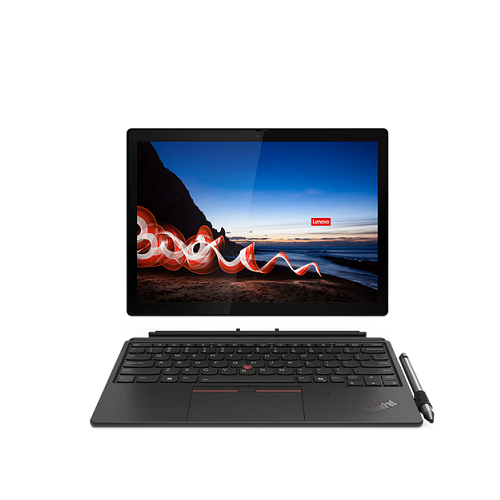
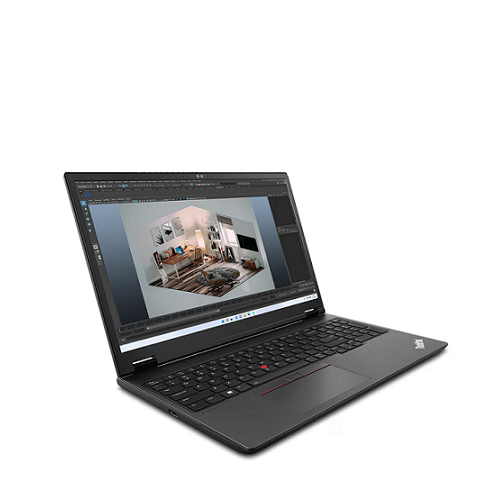


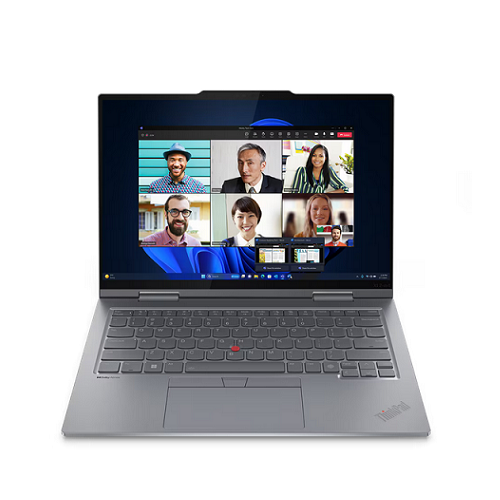
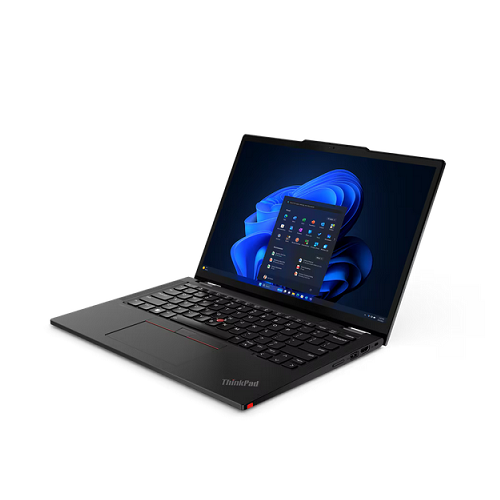

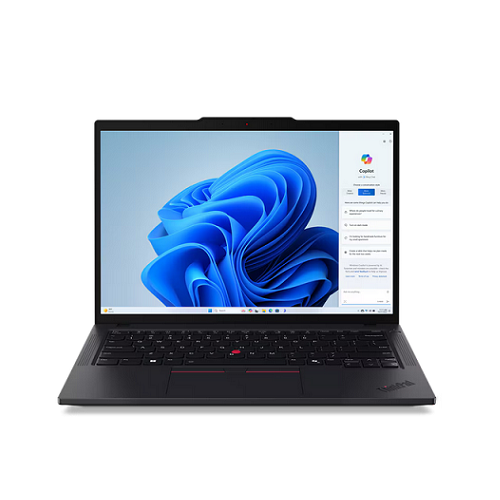
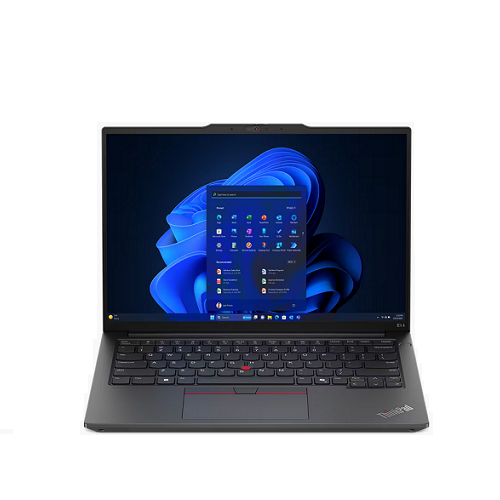

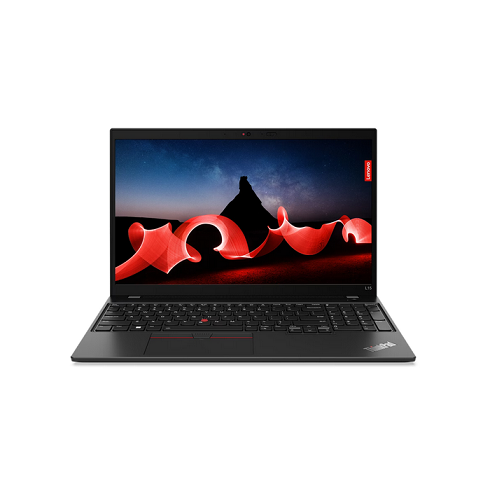



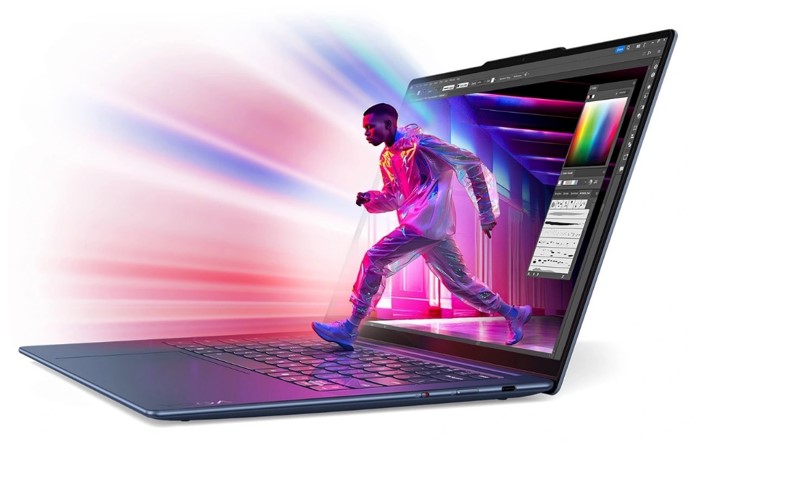
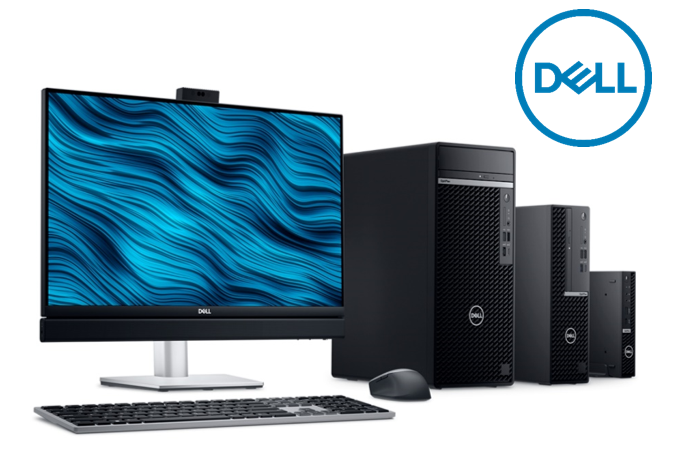
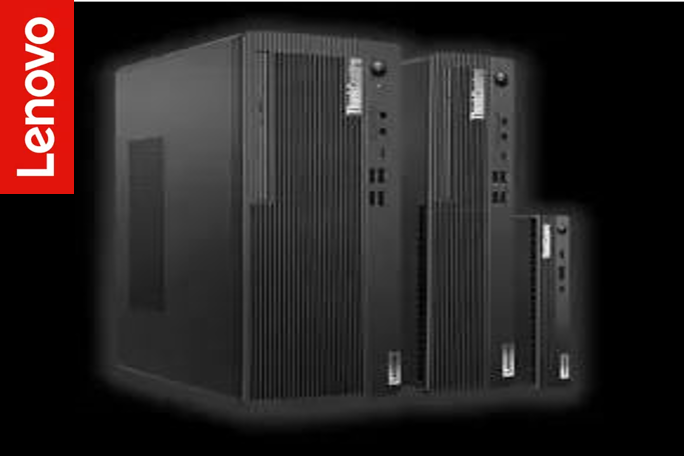
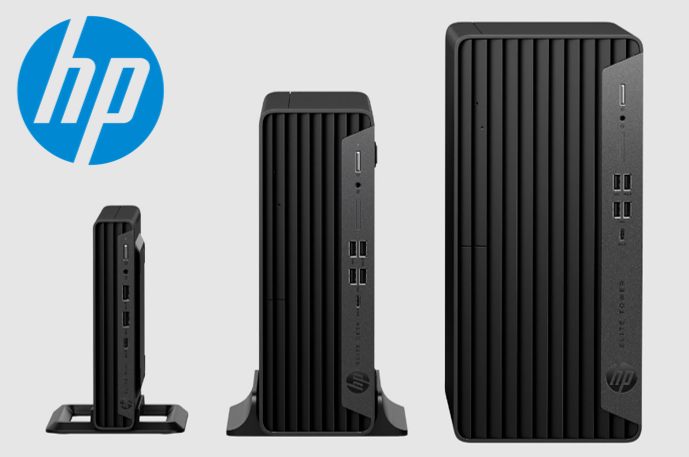
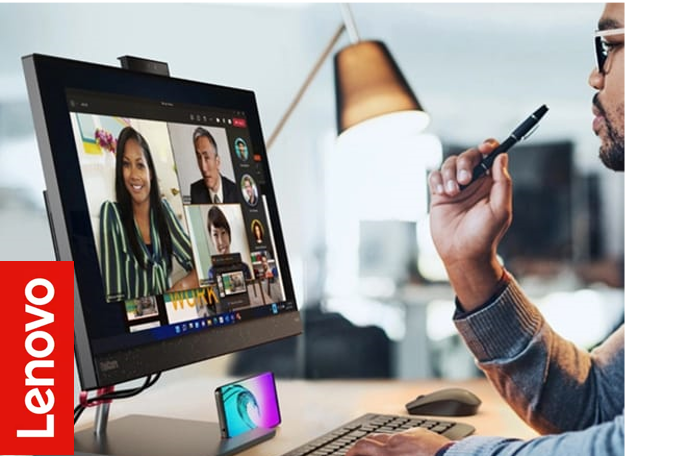
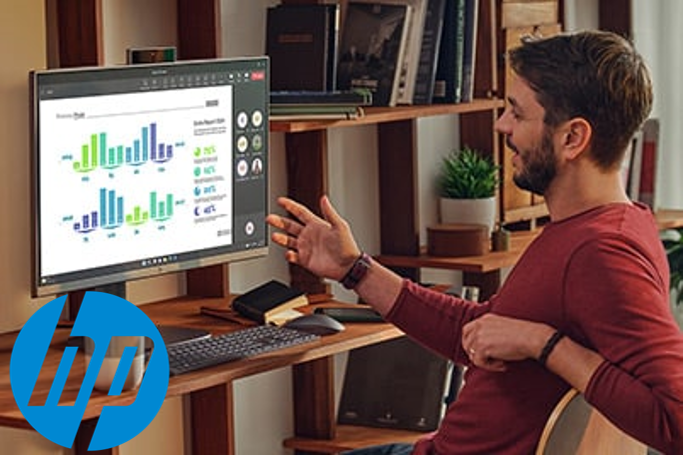
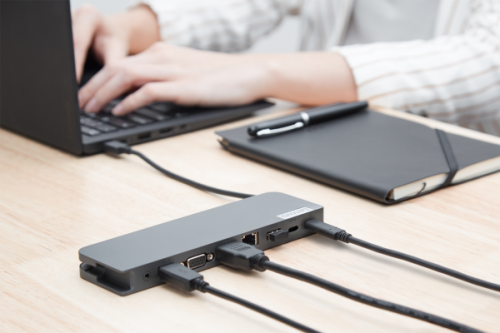
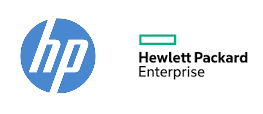









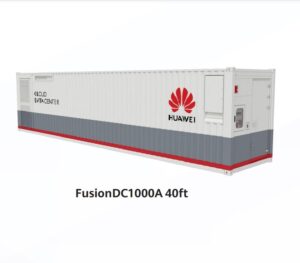
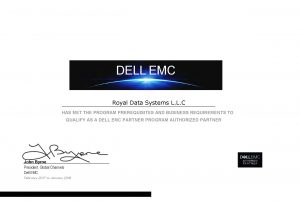

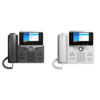







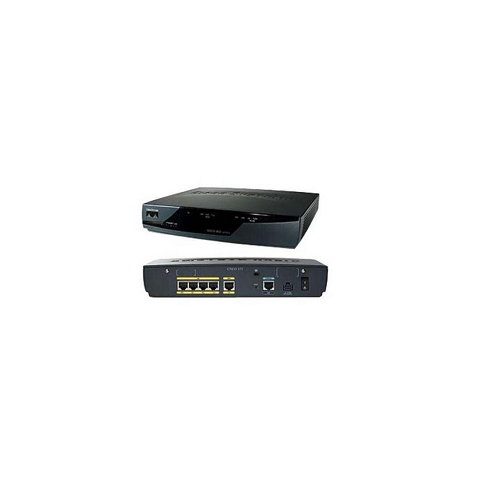
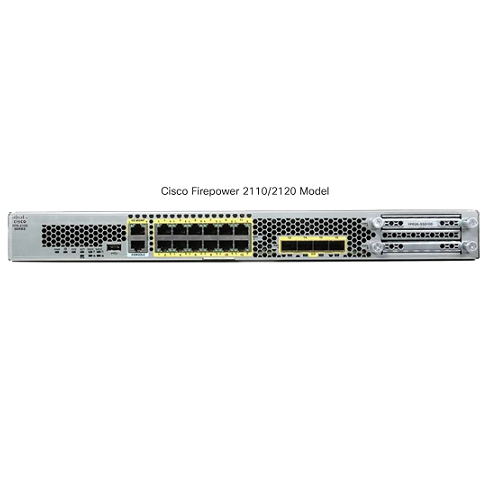
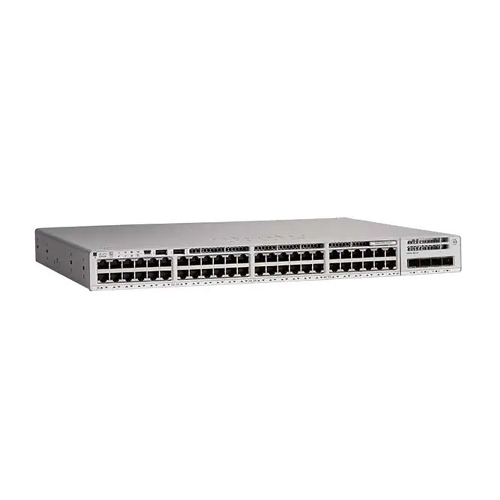
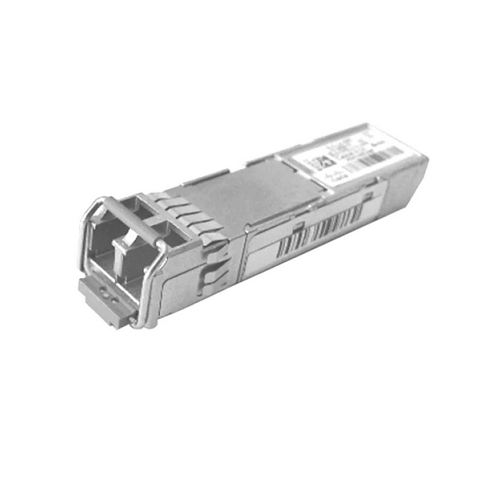
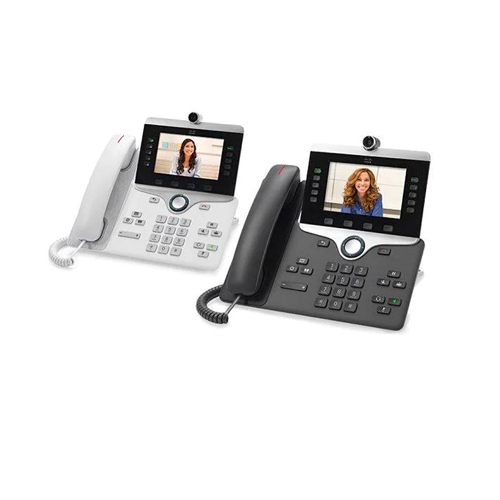
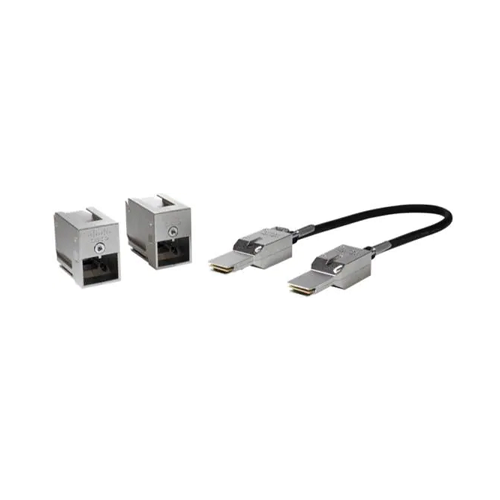
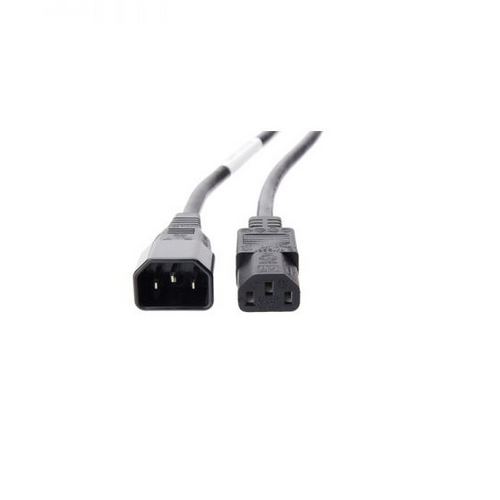
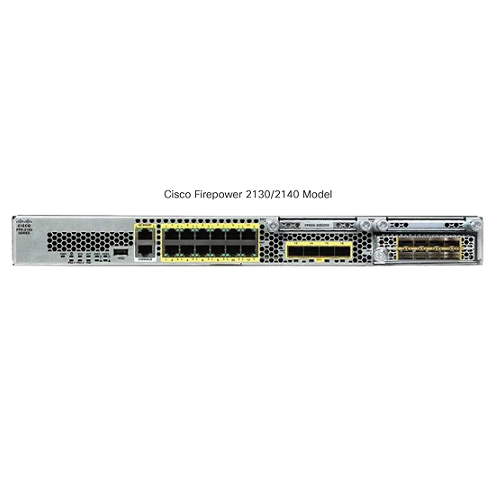
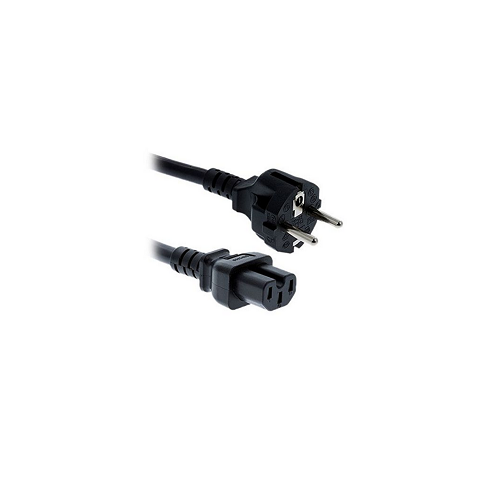
Reviews
There are no reviews yet.